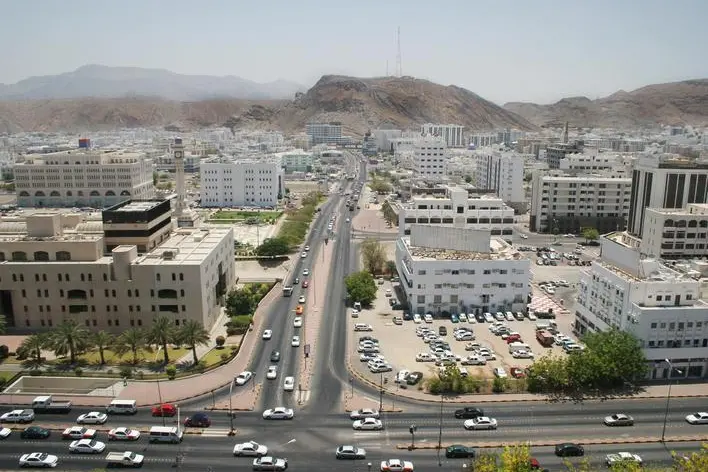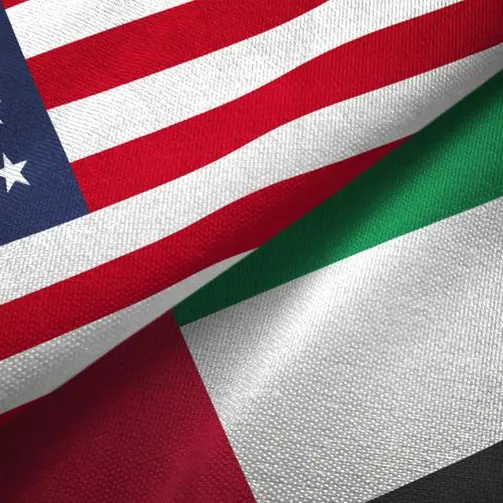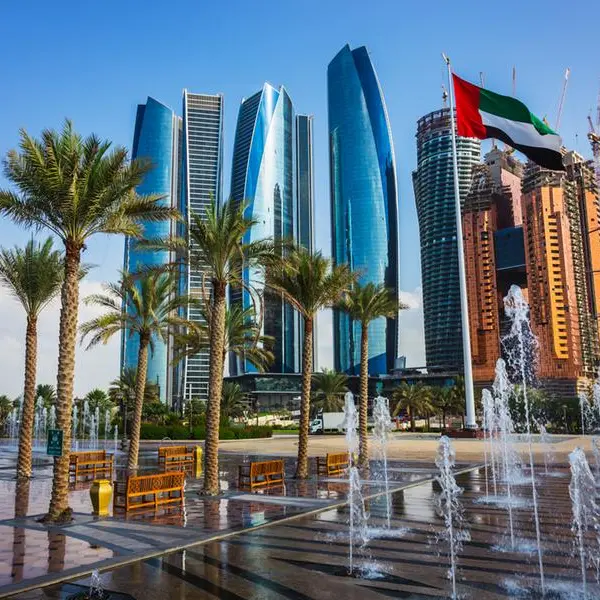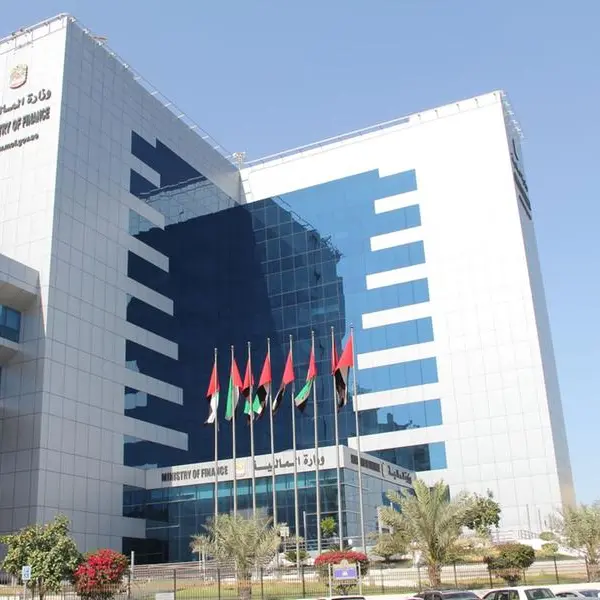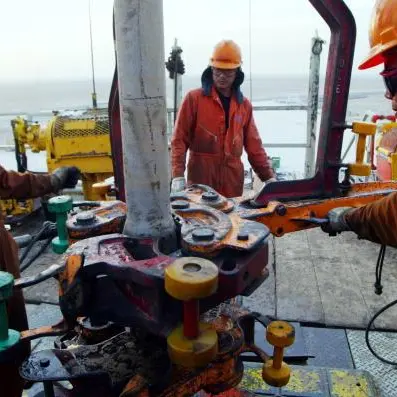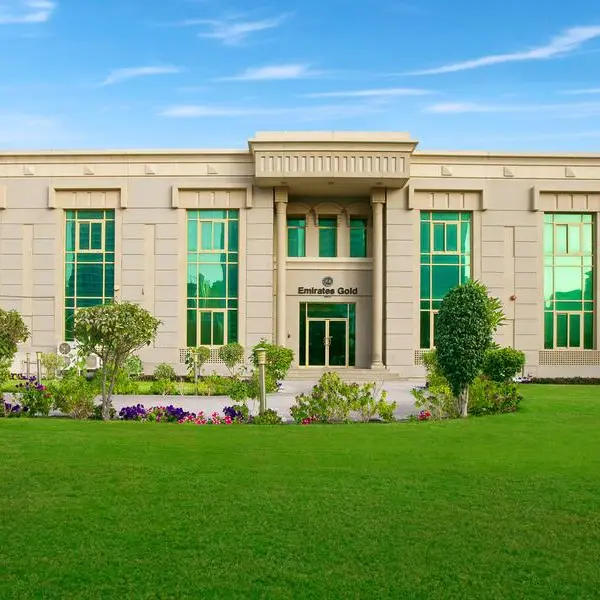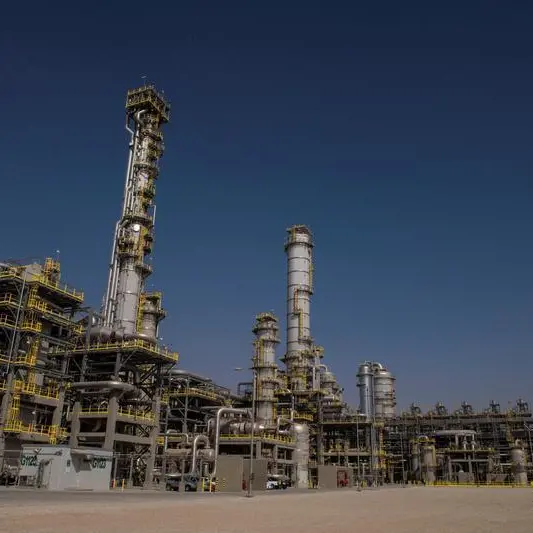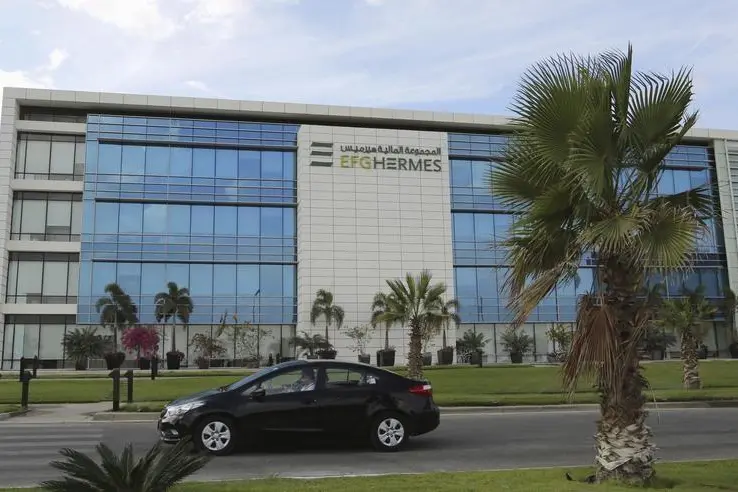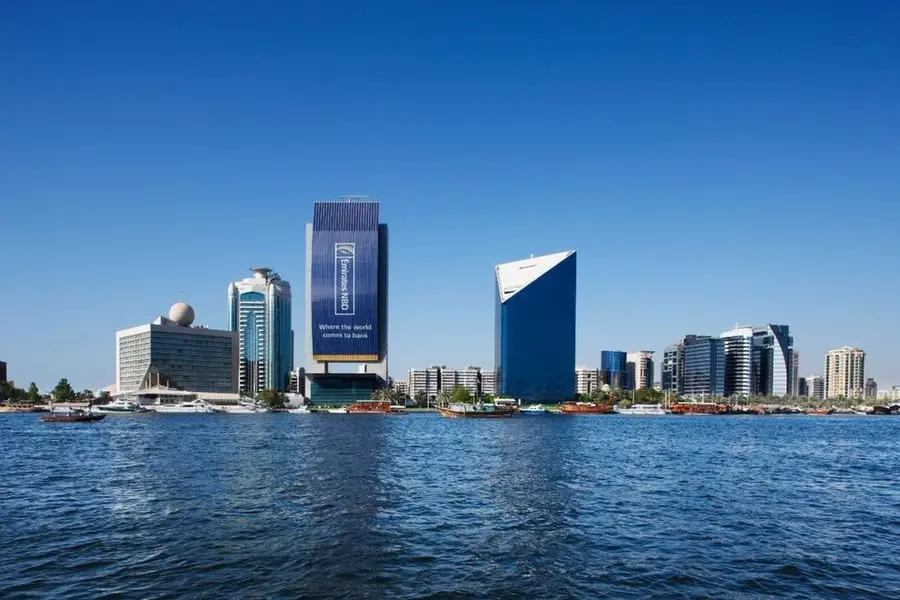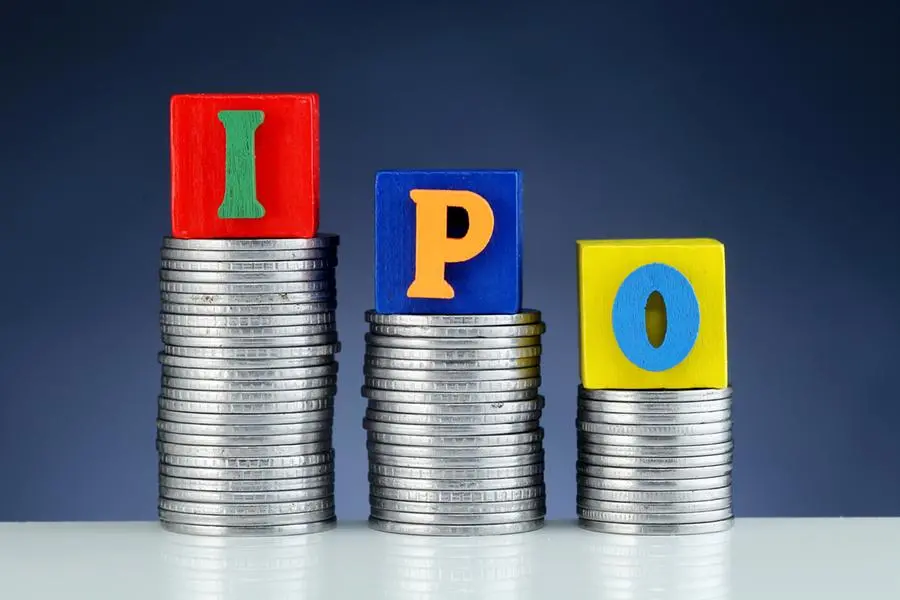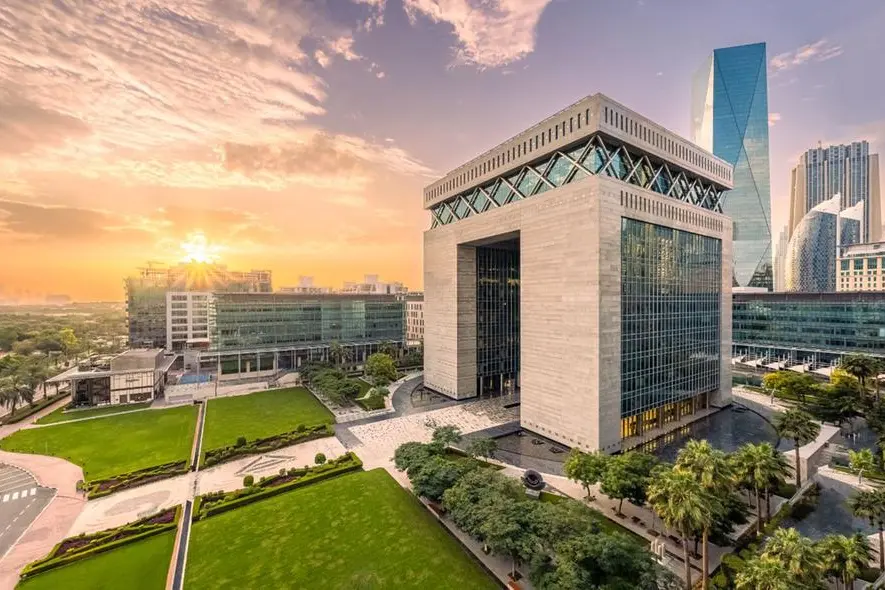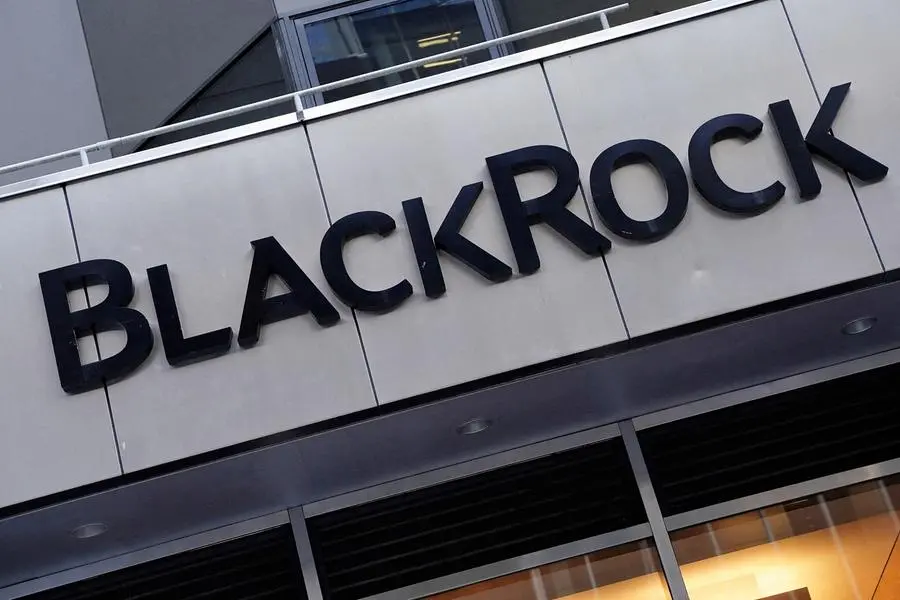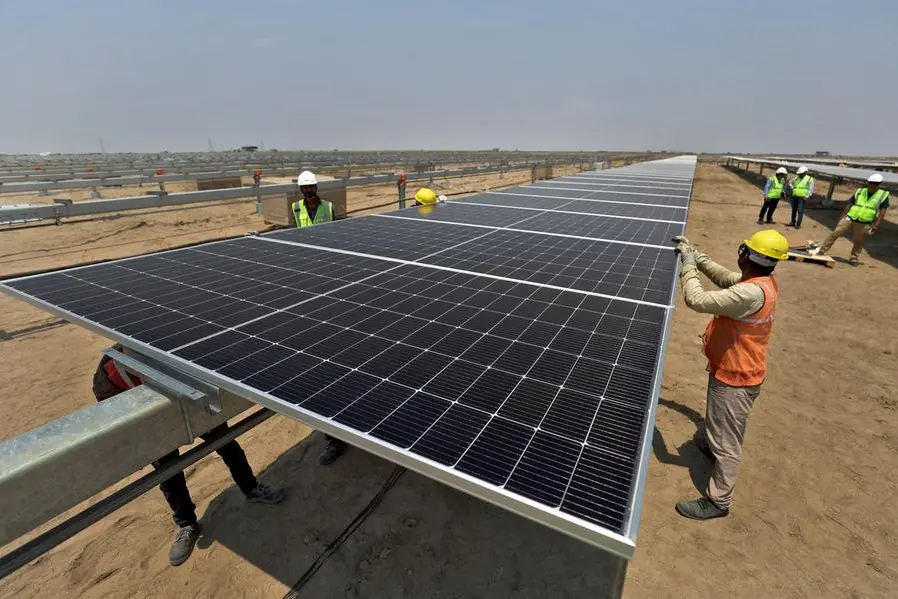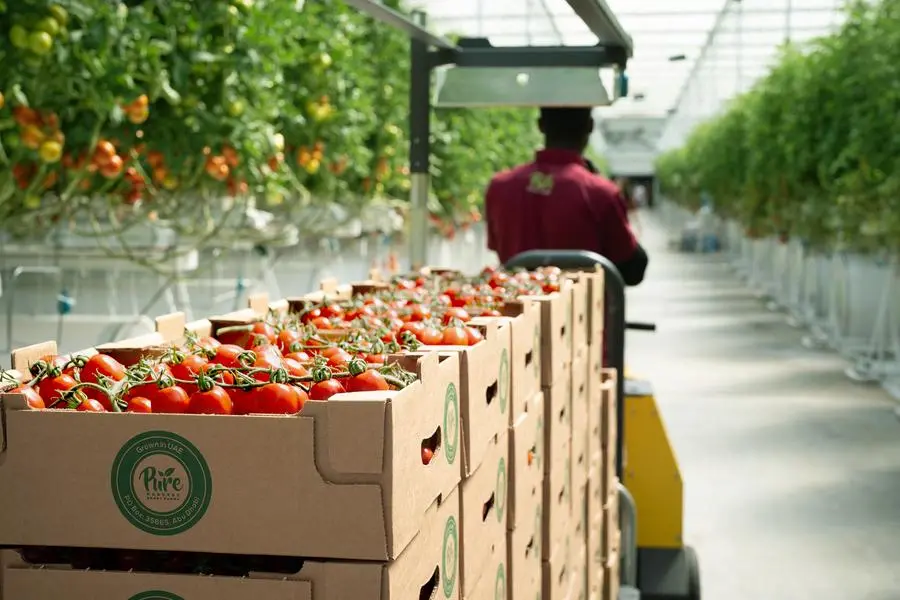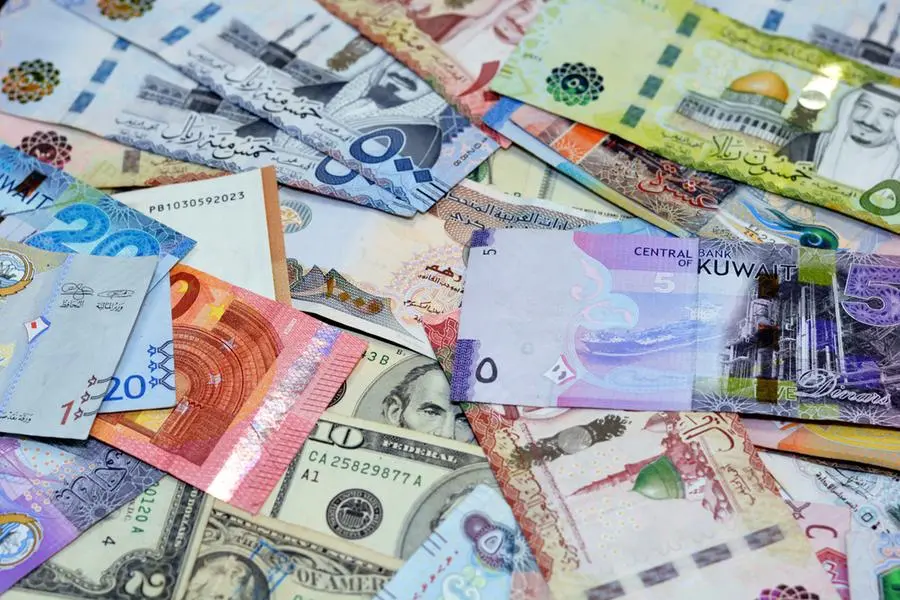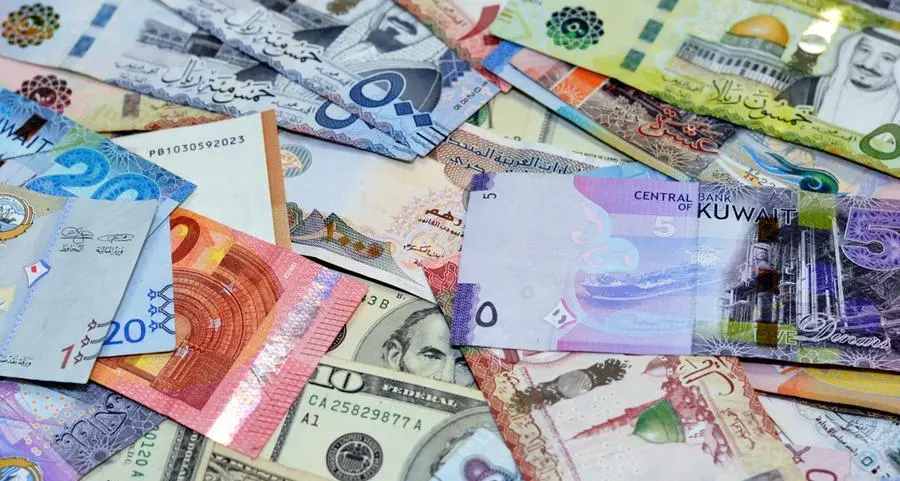PHOTO
Oman’s non-oil economy is anticipated to grow an encouraging 2.5 per cent in 2023, boosted by investments in the renewable energy, as well as agriculture and fisheries sectors, according to a leading regional think-tank.
ICAEW, a global professional organisation, said in its latest economic update for the Middle East that the projected uptick in non-oil activities will help offset, at least partly, a small contraction in the hydrocarbon sector — presently a pivotal engine of Oman’s economic development.
“We expect GDP growth in Oman to slow down to 2.5 per cent y/y this year after expanding strongly by 4.3 per cent y/y in 2022, the fastest since 2016. We think the non-oil economy will expand by 2.9 per cent, up from 1.6 per cent last year, driven by public investment, including in the renewable energy space.
“Meanwhile, the oil sector will be a drag on growth this year, shrinking by 2.1 per cent. Oman’s economy will likely expand by 2.3 per cent next year,” ICAEW stated in its report issued on Wednesday.
Significantly, a stronger influx of tourists this winter season is expected to boost the hospitality sector this year, according to ICAEW. Tourist traffic has been on the upswing in the post-pandemic era, but hotel occupancy levels have remained slightly below peak 2019 trends, the report points out.
Also boding well for non-oil growth are developments in the solar and wind energy space as Oman races to boost the contribution of renewables to 30 per cent of total power generation by 2030, up from 5.5 per cent presently. Biofuels production is on the increase as well, but the biggest knock-on effect on the wider economy will be manifest when green hydrogen projects worth an estimated $20 billion in investments, begin to materialise on the ground in parts of Al Wusta Governorate in the coming years.
As for the contribution of the oil and gas sector, ICAEW explains: “We expect Oman’s oil production to average 1.042 million barrels per day this year, down 2.1 per cent on last year. Oman has gradually reduced its supply since April in compliance with the OPEC+ agreement. We anticipate that the average oil output will be ease further next year.”
“Meanwhile, gas production increased by 3.4 per cent in 2022 and will continue to inch up as more projects come online, shifting the composition of energy trade further in favour of gas.”
Among other initiatives that are expected to spur the growth of the non-oil sector is the lavish Sultan Haitham City, which will be built in the Wilayat of Al Seeb in Muscat Governorate. Designed with the technological trappings of a ‘Smart City’, this new suburb of the capital city will house an estimated 100,000 people in around 20,000 residential units across different market segments.
Further impetus to the construction and contracting sector will come when construction work commences on the Oman segment of the ambitious Oman-UAE Rail project, connecting Suhar with the rail network of the United Arab Emirates, the report adds.
2022 © All right reserved for Oman Establishment for Press, Publication and Advertising (OEPPA) Provided by SyndiGate Media Inc. (Syndigate.info).
